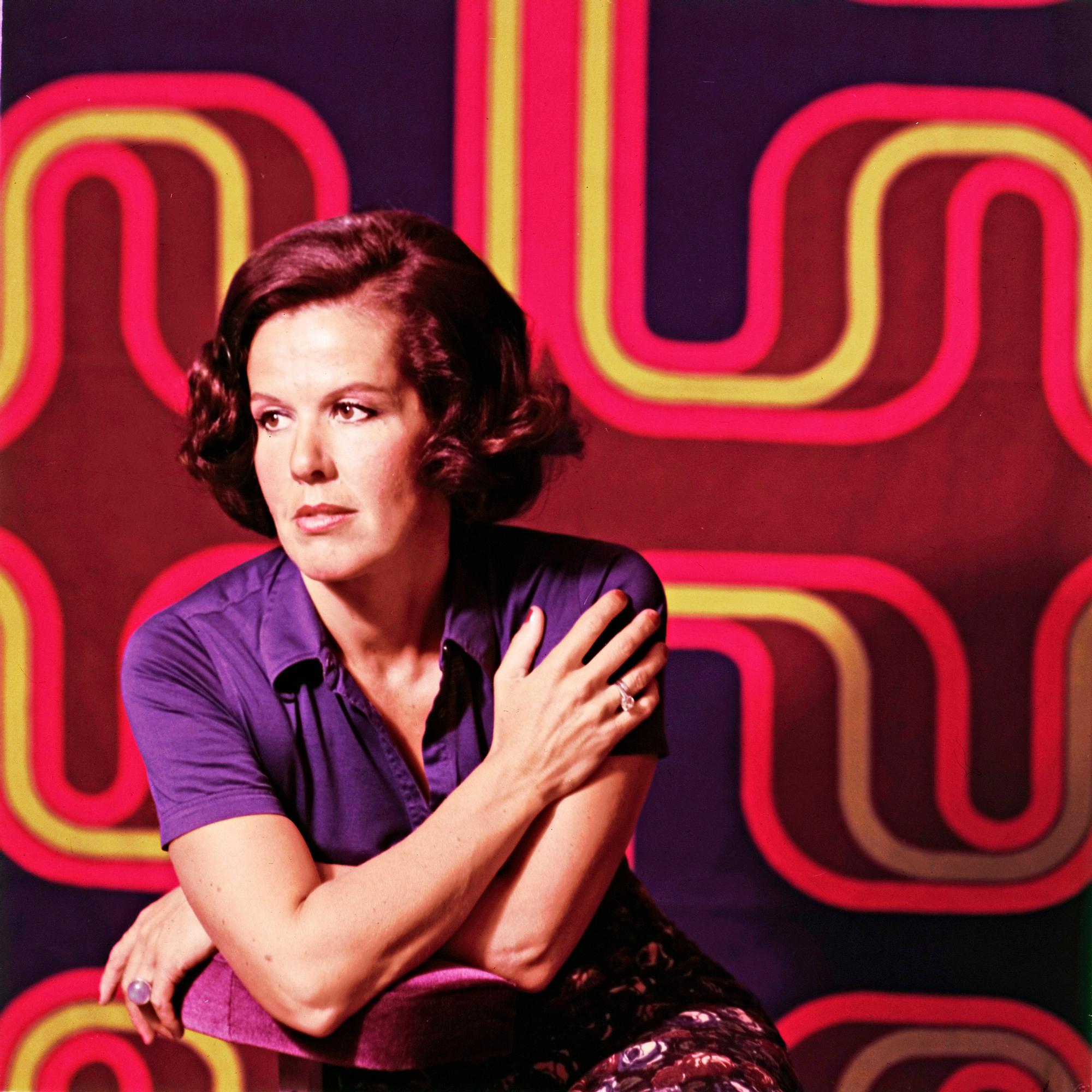
The designer behind beloved floral prints: Marjatta Metsovaara dedicated her life to designing vibrant fabrics and art textiles
Marjatta Metsovaara (1927–2014) was renowned for her modern, color-saturated textile designs. In Finland, her work centered on printed fabrics and art textiles, while in Belgium, she is especially remembered for her jacquard fabrics.
Marjatta Metsovaara was one of the most prominent Finnish textile designers of the 1960s. She worked in two realms and in two countries: designing printed fabrics in Finland and industrially woven interior textiles in Belgium.
The story began at least 25 years earlier. When she was five, Marjatta told her father she wanted to be a textile artist. She had accompanied her father to choose designs for Suomen Matto Oy, the carpet company he had founded in Urjala, and was enchanted by a fairytale world filled with yarns and colors.
She kept her maiden name, Metsovaara, even after marrying the architect Kaj Nyström while an art student in her twenties, and having her first child. Their son was christened Arimo in memory of her older brother, who was killed in the war. In 1955, they had a daughter, who would continue the family legacy: Katariina Metsovaara-Heikinheimo is a successful textile artist.
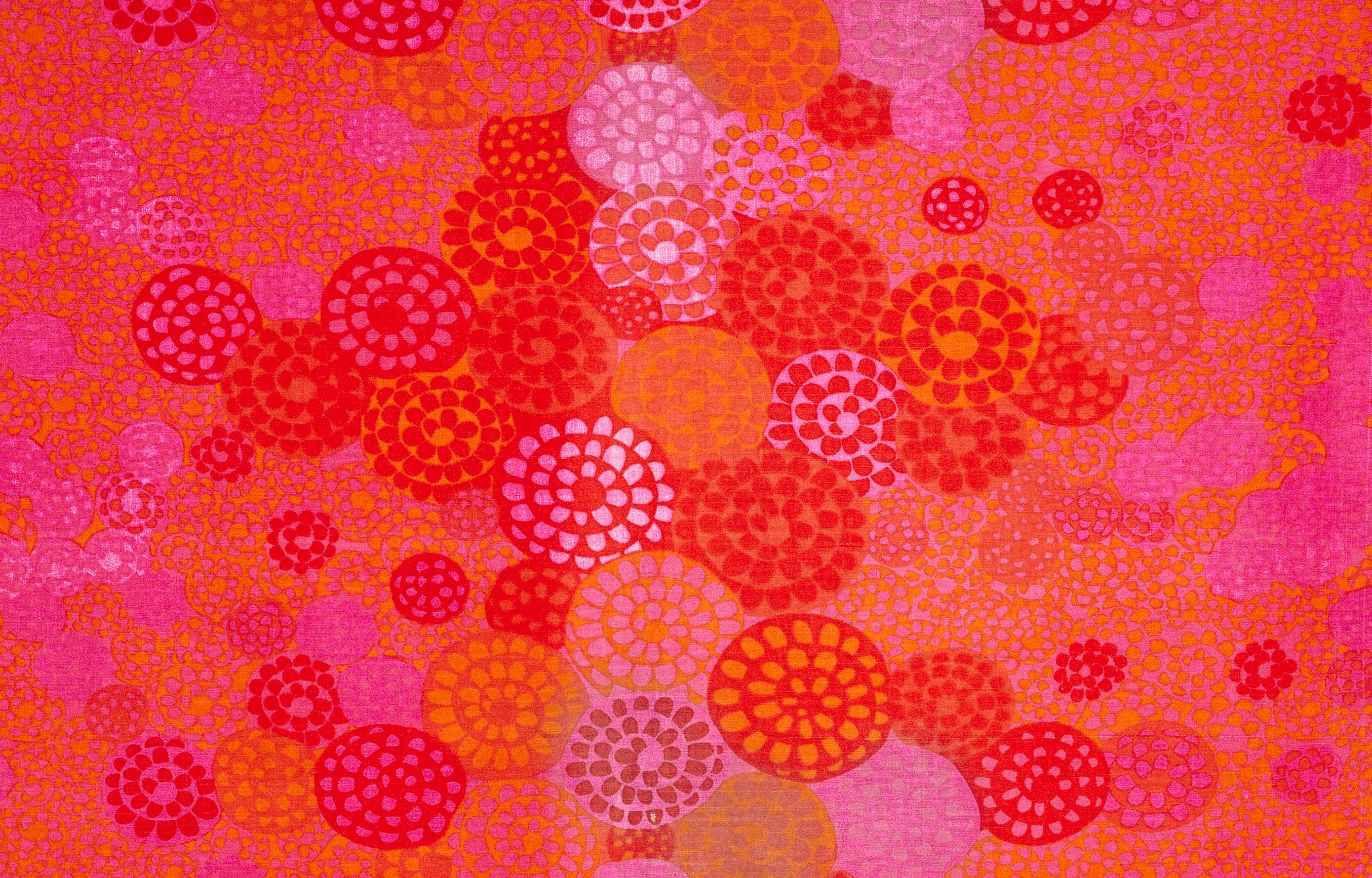
The Kukka pattern designed for Tampella in 1962 became Metsovaara’s “Unikko.” It was reproduced endlessly.
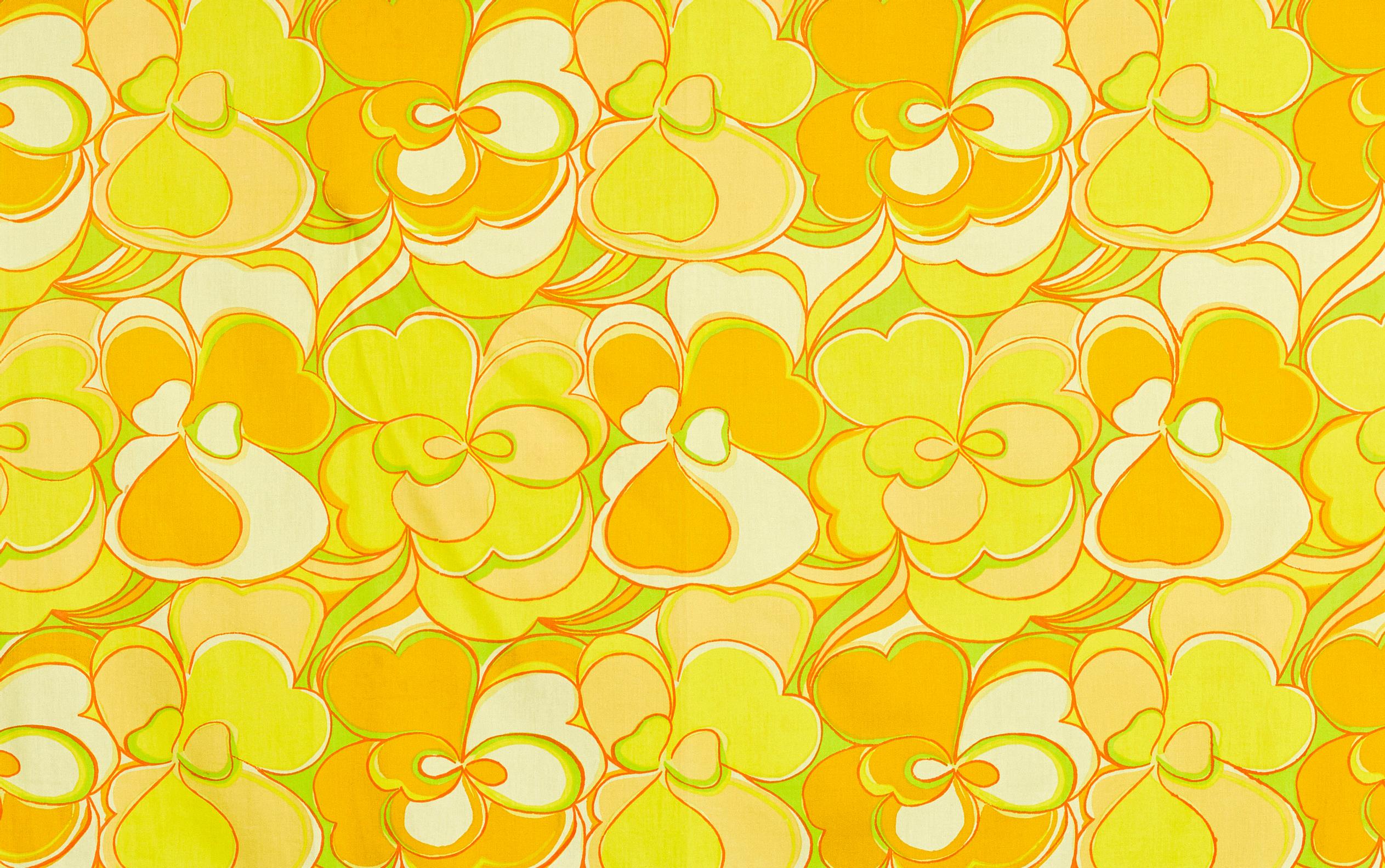
After graduating in 1949 from Taideteollinen oppilaitos (School of Art and Design), Marjatta Metsovaara began working in the family business, having to take charge once her father fell ill. In 1954, Suomen Matto changed its name to Metsovaara and started producing art textiles, including fabrics, ryijy rugs, and shawls. Word soon spread about the modern, richly colored, and refined Metsovaara products.
The artist herself described the 1950s as “a fantastic decade for handwoven fabrics.” Among others, Yrjö Kukkapuro, who used Metsovaara’s richly textured wool rib in his chairs, agreed.
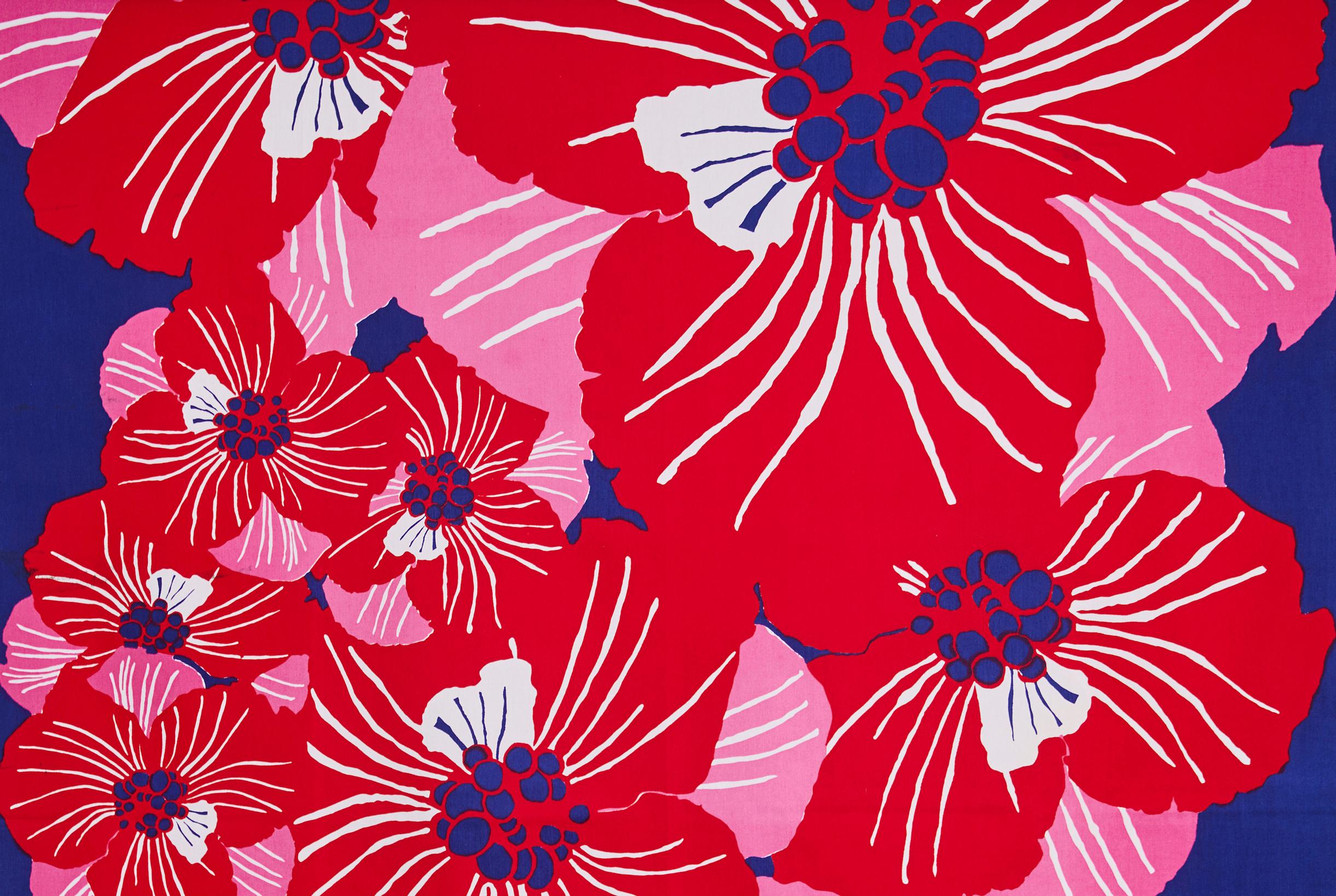
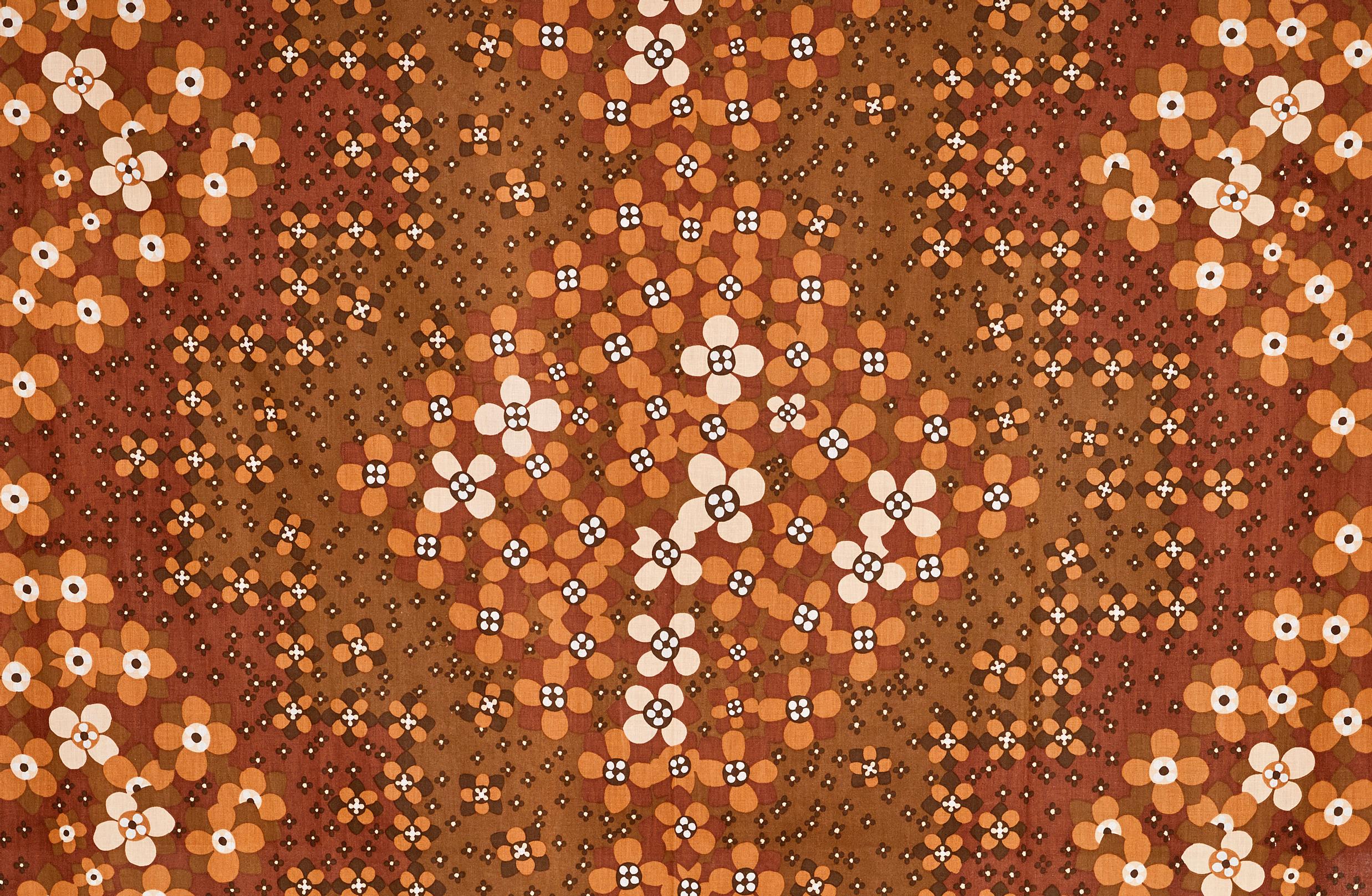
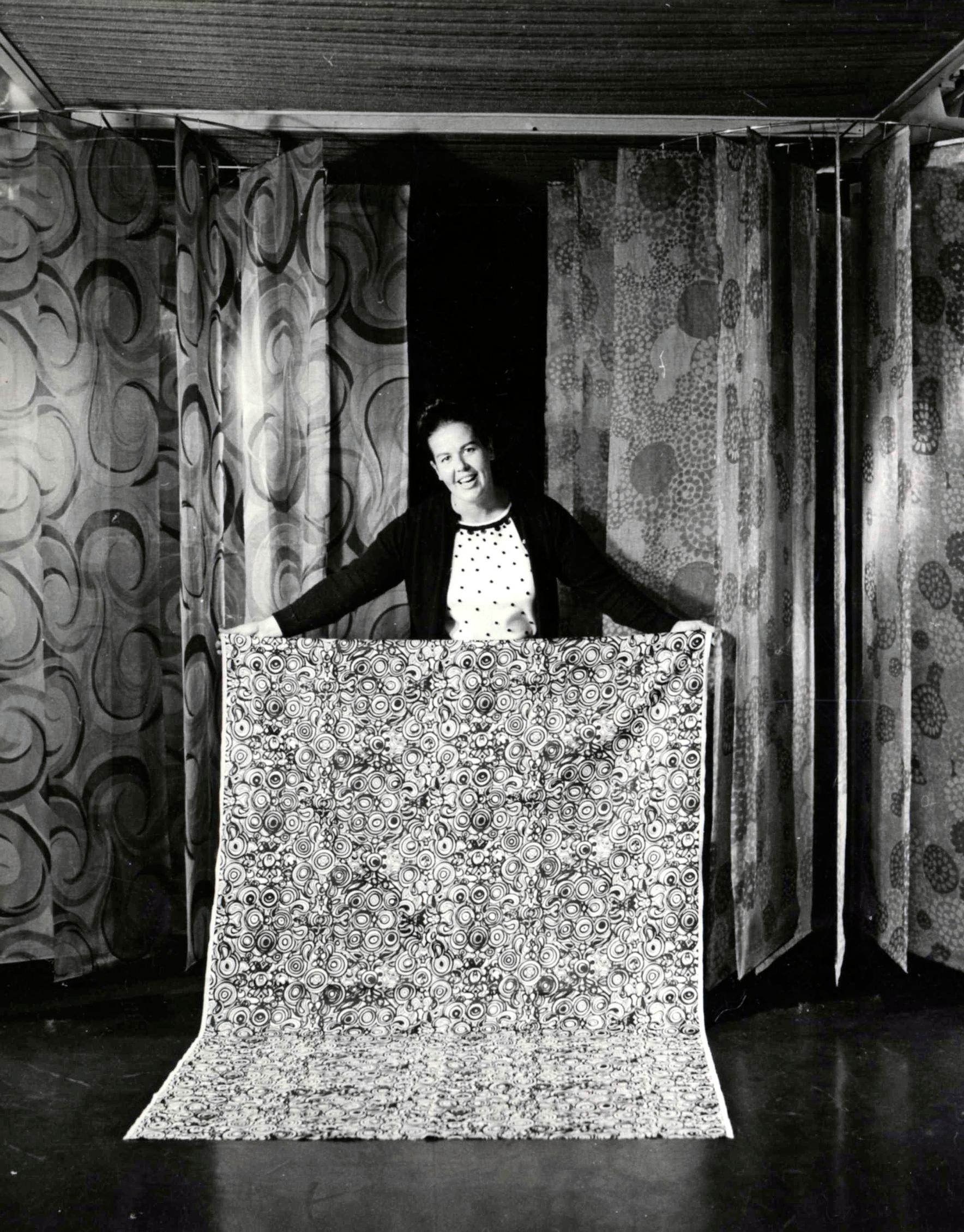
Post-war shortages fueled creativity and inventiveness, leading to fascinating experiments. When materials weren’t readily available, they had to be improvised. Paper yarn served as warp, and various substitute materials were used as weft. Marjatta Metsovaara excelled at this, fully aware of production possibilities and limits. In 1960, she won gold at the Milan Triennial.
The 1960s marked a new era for both her work and personal life. Metsovaara was invited to work as a designer at the Van Havere textile factory in Belgium, where she got to experiment with diverse materials and weaves while demonstrating her skill as a colorist. The factory produced jacquard and other high-quality interior textiles for international distribution, used everywhere from Hilton hotels to the Élysée Palace, Finnair planes to Norwegian ocean liners, and theaters to restaurants. The job also led to her second marriage to the factory owner Albert van Havere. The couple had two children.
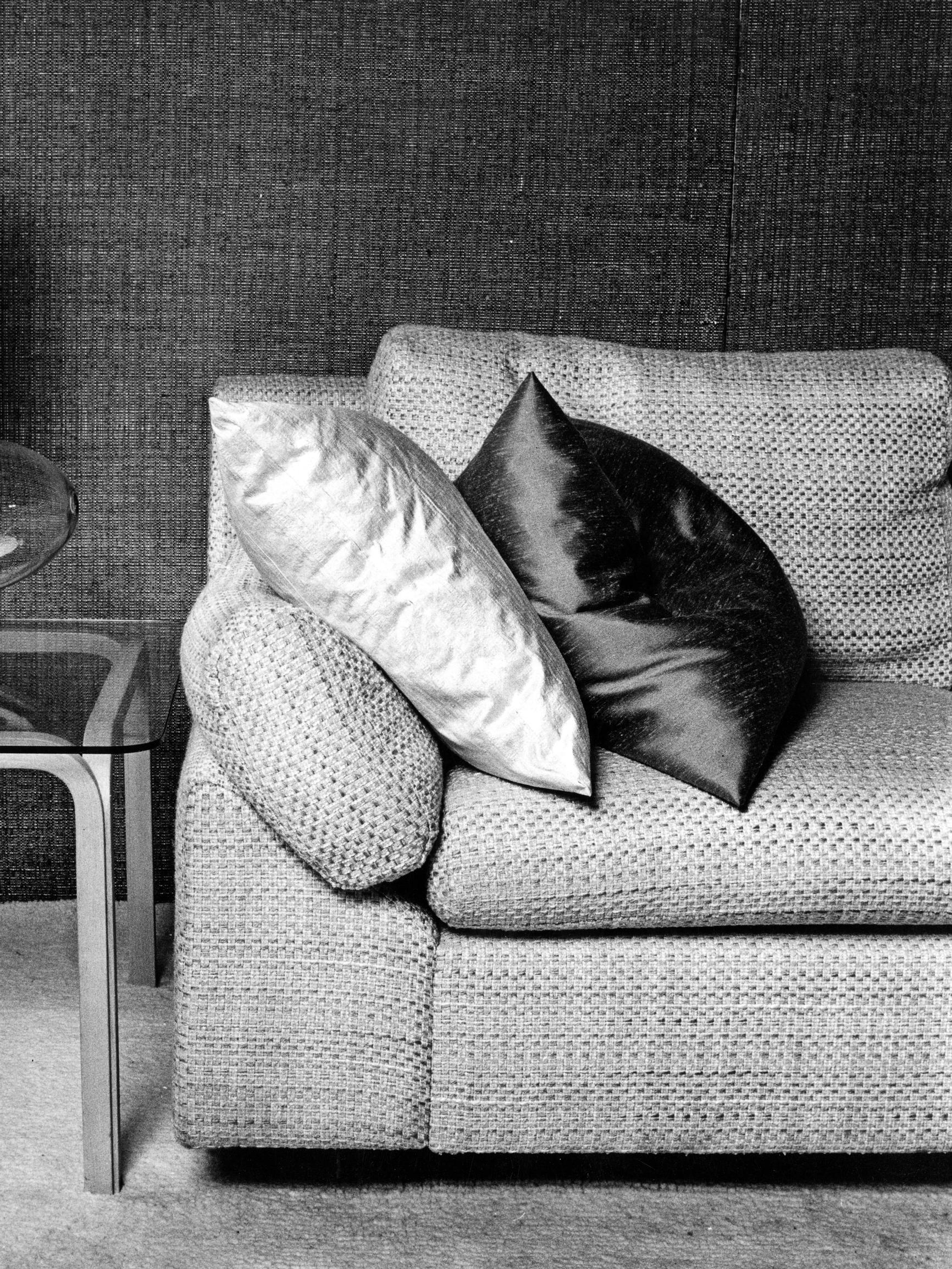
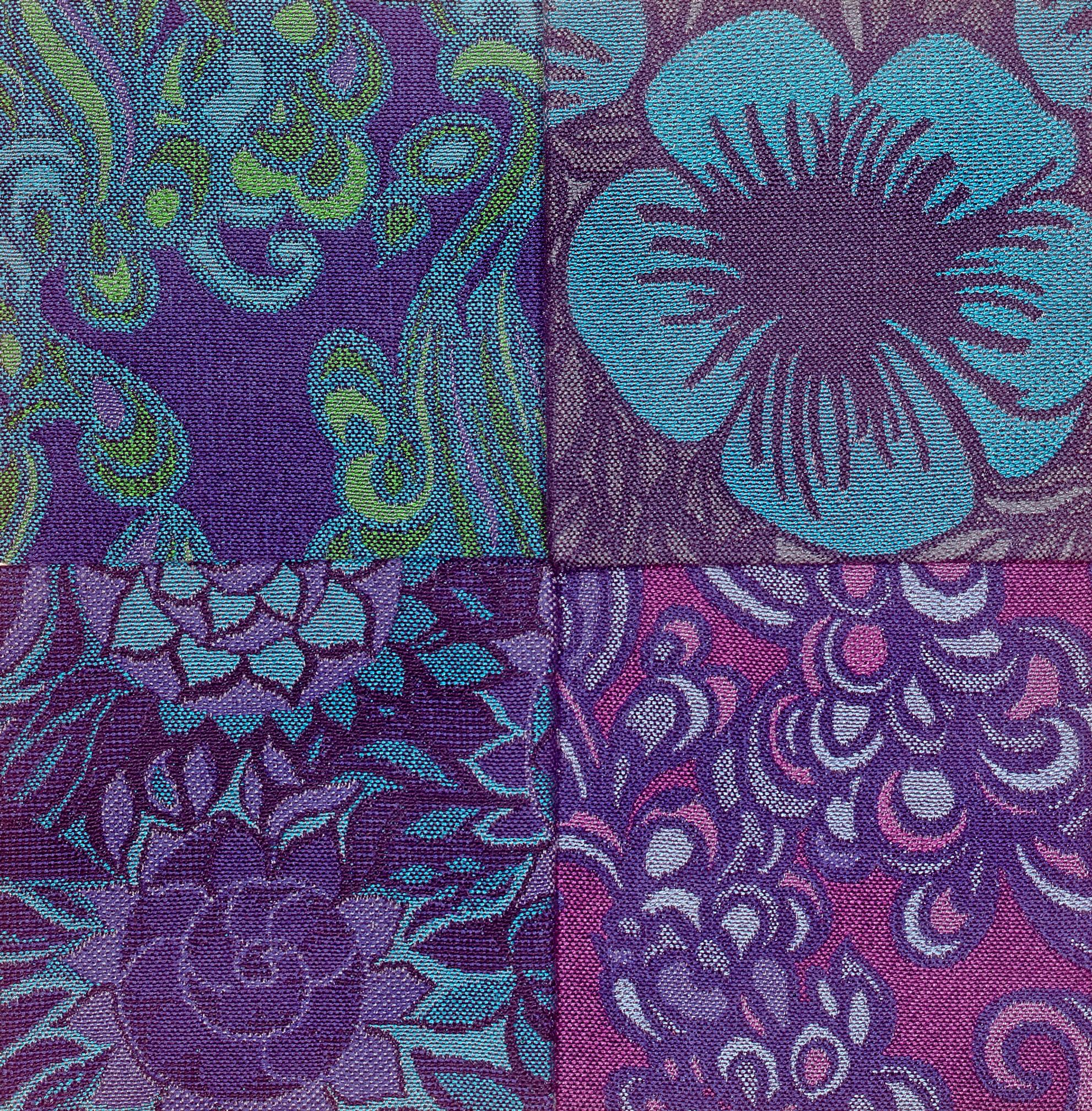
In Finland, Metsovaara is best remembered for her vibrant printed fabrics that embodied the spirit of the times, starting with her first, the Kukka pattern designed for Tampella in 1962. It appeared in garments, curtains, and countless other items.
The prints and coat fabrics Metsovaara designed for the Finn Flare clothing label have mostly faded from memory. In the 1960s, however, they received international press acclaim on par with Marimekko and Vuokko.
Metsovaara’s designs were inspired by European cultural history. Multiculturalism was part of her heritage—she was raised Orthodox and had Russian roots.
Metsovaara was sold to Sellgren in 1980. After her husband’s death in 1984, Marjatta Metsovaara moved to the French Riviera with her youngest daughter. However, she spent her summers in her childhood surroundings in Urjala, Finland.
Vallila and Annala have reintroduced some of Metsovaara’s fabrics into production in Finland. Get to know the Annala family business, which succeeded where the Belgians did not—turning Metsovaara’s Simpukka pattern into a woven fabric! [in Finnish]
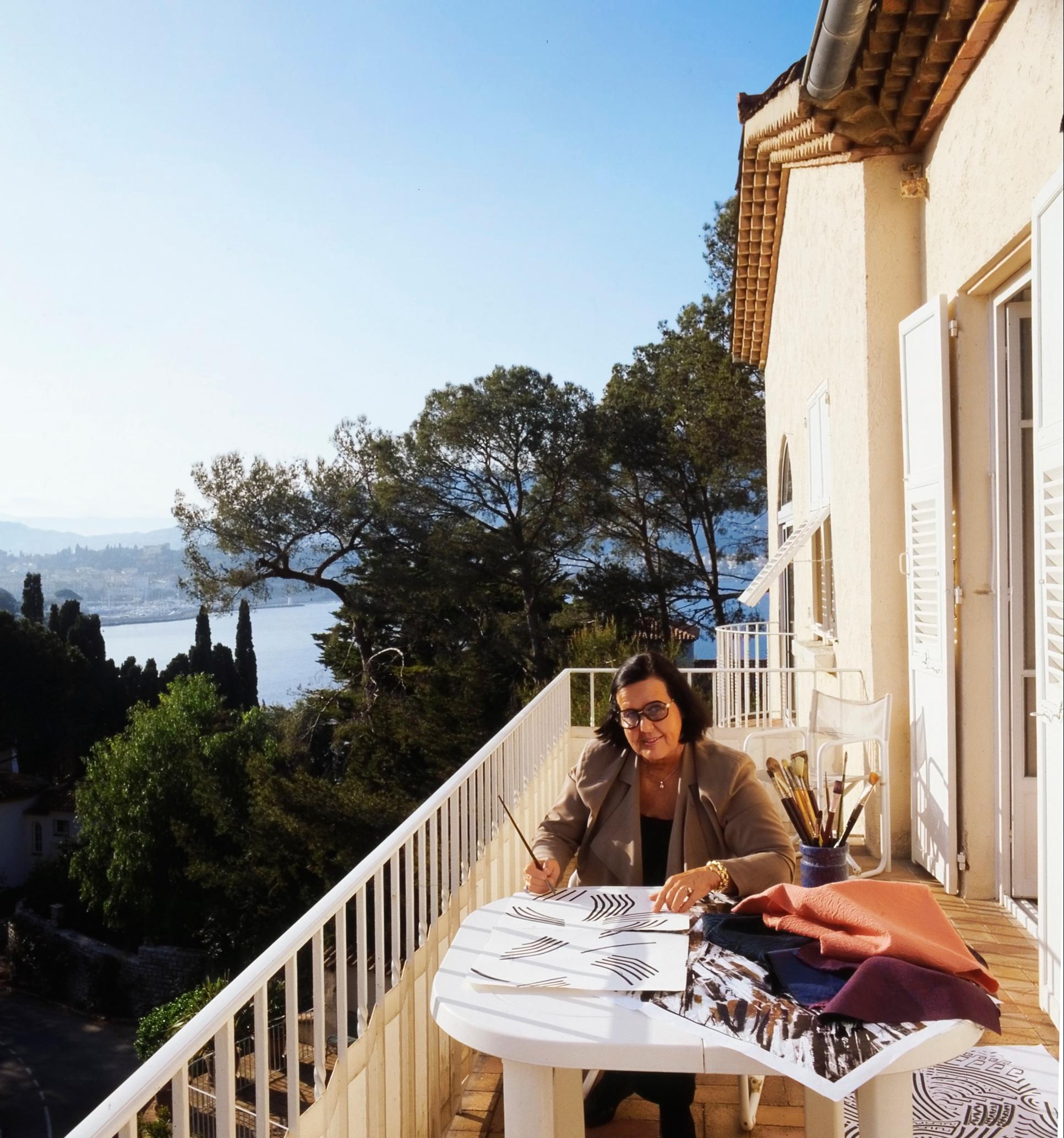
Source: Pirkko Vekkeli’s article "Maailma uuteen kuosiin," the Finnish magazine Avotakka 9/2015. Fabrics from Muija Second Hand.


